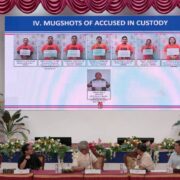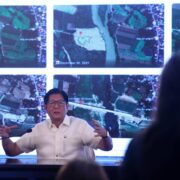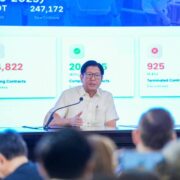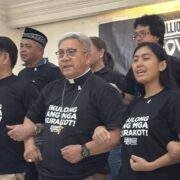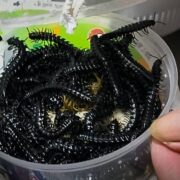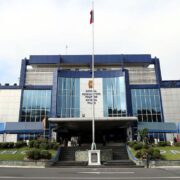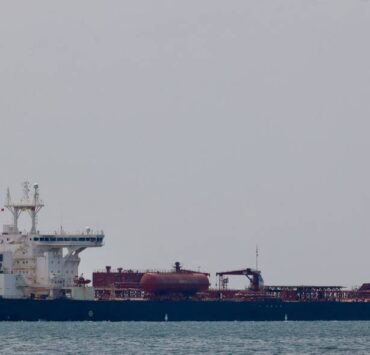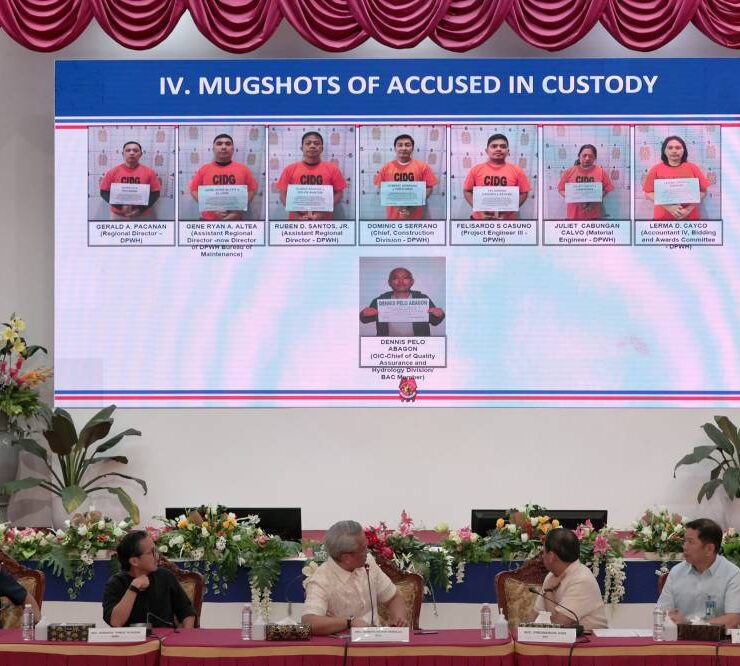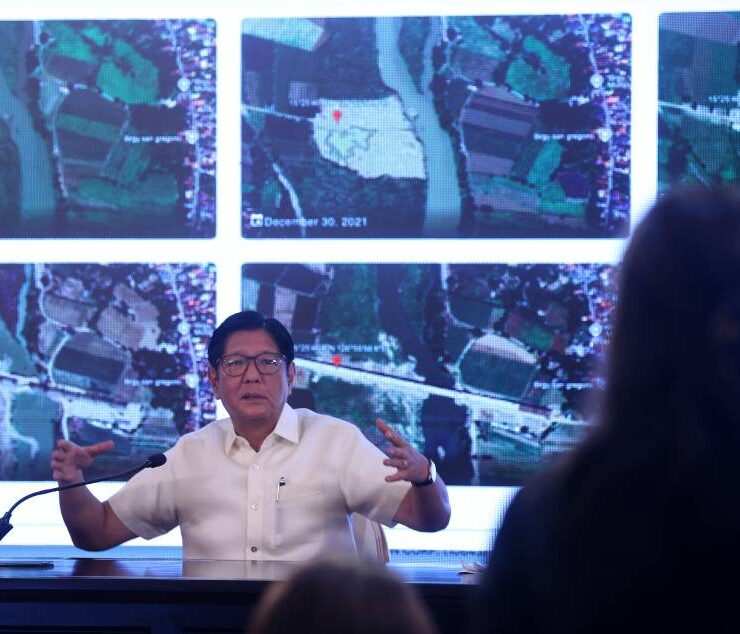Gov’t urged to consider US escort for PH resupply missions
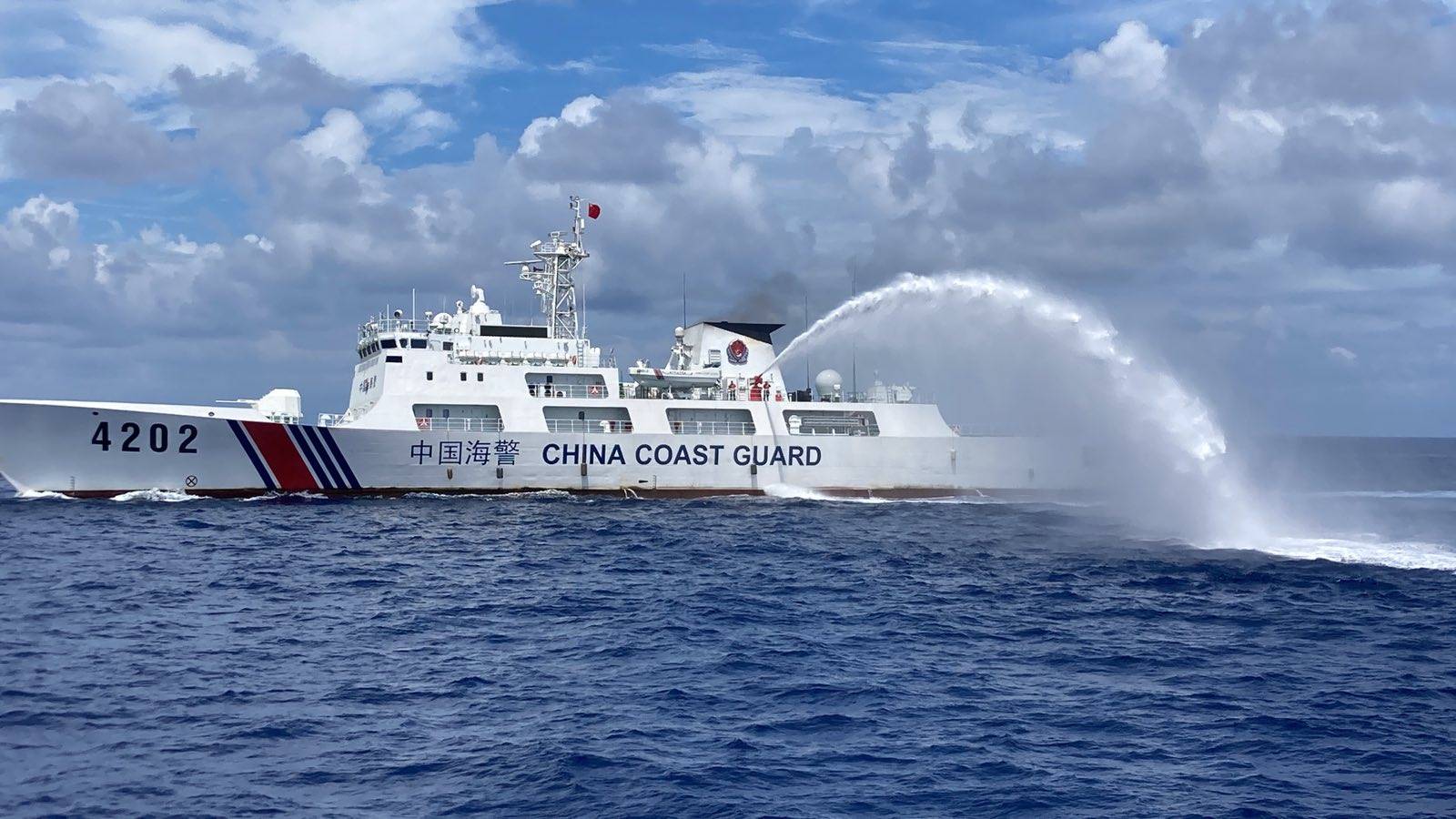
Allowing a foreign force to escort Philippine Coast Guard (PCG) or Navy resupply missions in the West Philippine Sea is an option gaining favor from geopolitical and legal experts.
Retired Supreme Court Justice Antonio Carpio and Stratbase ADR Institute president Dindo Manhit urged the Marcos administration to start considering this arrangement between the Philippines and its allies, amid the continuing harassment of PCG and other civilian Filipino vessels by the Chinese.
Manhit on Tuesday recommended that Manila “explore escorts to resupply missions” following the series of incidents that saw the Chinese Coast Guard ramming PCG vessels without provocation. The latest hit by the Chinese was the largest PCG asset, the BRP Teresa Magbanua, in an encounter at Escoda (Sabina) Shoal on Aug. 31.
The CCG had also used water cannon blasts to stop Philippine resupply missions to the grounded ship BRP Sierra Madre, which serves as a Filipino military outpost at Ayungin (Second Thomas) Shoal.
The Chinese justify their aggression by accusing Philippine ships of intruding into its waters in the South China Sea, a claim invalidated by the 2016 arbitral ruling won by Manila and recognized by a number of countries, including the United States, Japan, Australia and the members of European Union.
In all the internationally condemned acts, the Filipinos did not retaliate despite the injuries some of the them sustained and the significant damage on their craft.
“The Philippines, as a maritime nation supported by friends and partners, will not back down in the face of this aggression. The Institute underpins the importance of reinforcing alliances and elevating partnerships through joint patrols and exercises to respond to threats posed by antagonistic states like China,” Manhit said in a statement.

Time to accept offer
In a message to the Inquirer also on Tuesday, Carpio made a similar proposal, citing the United States as the possible escort.
“I’m recommending [that the] Armed Forces of the Philippines (AFP) determine if it is time to accept the US offer to escort our resupply [missions] to BRP Sierra Madre and BRP Teresa Magbanua,” Carpio said.
The retired magistrate, among the leading voices building multilateral support for the arbitral ruling, was referring to statements made by US Indo-Pacific Command chief Adm. Sam Paparo during his visit to Manila for a conference last week.
“Every option between the two sovereign nations in terms of our mutual defense, escort of one vessel to the other, is an entirely reasonable option within our Mutual Defense Treaty, among this close alliance between the two of us,” Paparo then told reporters, adding it should be ”within the context of consultations.”
Asked if such escorting arrangements would further enrage China, Carpio noted that the US and its other allies in the region had already done similar undertakings.
“That’s not what happened (Beijing acting with hostility) when US and Australian warships conducted naval drills in the same area at the same time where Malaysia surveyed and drilled for gas in its EEZ (exclusive economic zone). Same with Indonesia. A bully respects someone more powerful than him,” Carpio said.
Reacting to Paparo’s statement, AFP chief Romeo Brawner last week said the military would only avail itself of the option should Filipino troops in Escoda and Ayungin be “on the verge of dying” because of Chinese aggression.
Growing swarm
Meanwhile, the AFP on Tuesday said the number of Chinese vessels spotted across the West Philippine Sea (WPS) had increased to 203 from the previous count of 163, the highest recorded so far this year.
Data from the AFP showed that 165 Chinese maritime militia vessels, 24 CCG vessels, 12 People’s Liberation Army Navy ships, and two research vessels were monitored in WPS from Aug. 27 to Sept. 2.
“This is the highest we have recorded in the vicinity of our nine occupied features in the West Philippine Sea for this year. While it is not normal, it is within the range of the capability they could project in the West Philippine Sea,” said Rear Adm. Roy Vincent Trinidad, the Philippine Navy spokesperson for the WPS.
The surge could be attributed “to the attention given to Escoda Shoal in the last few weeks,” Trinidad added.
At Escoda alone, the site of the latest ramming incident, there were nine CCG vessels, nine Chinese navy ships and 53 Chinese maritime militia ships — for a total of 71 from 53 last week.
At Panatag (Scarborough) Shoal, an area under Chinese control since 2012, the AFP counted six CCG vessels, one China warship and 8 Chinese maritime militia ships.


